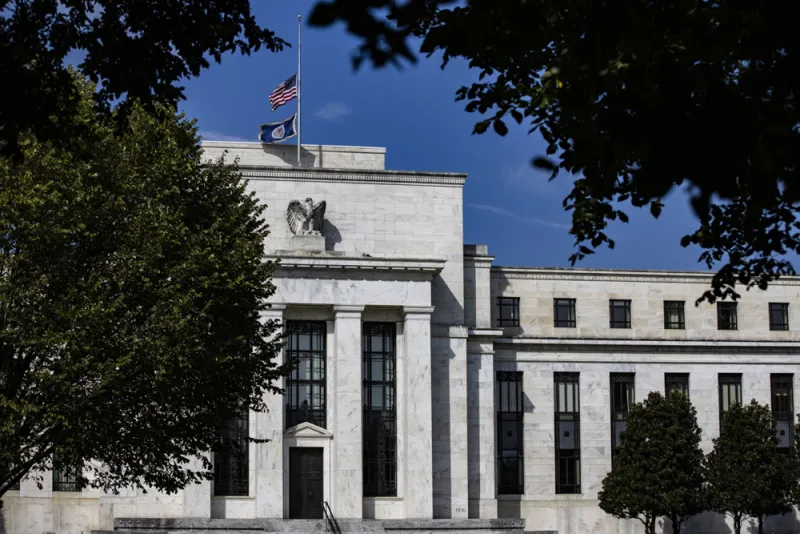Interest rates relative to inflation aren’t getting back to normal anytime soon.
That’s because institutions, including sovereign reserve managers, commercial banks, and pension funds are buying bonds for regulatory reasons or to match their future liabilities, breaking the relationship between a bond’s price and the underlying fundamentals, according to the newly formed Strategic Investment Advisory Group of J.P. Morgan Asset Management.
“Central banks have backed themselves into a corner from which they will be unable to retreat,” according to the group's inaugural research publication. “The bond vigilantes are now outgunned by the bond pacifists.” The Strategic Investment Advisory Group is made up of the firm’s veteran CIOs, portfolio managers, and strategists, across asset classes and is chaired by Michael Cembalest, chairman of market and investment strategy.
In the report, called “Getting Real About Rates: the post-war era of substantially positive real interest rates may be gone for good,” the manager detailed the reasons why the low or negative real interest rates are likely to persist for a long period of time.
For example, a weak recovery from the pandemic and an extended period of financial repression have forced real interest rates to deviate from where the Federal Reserve wants them to be. In the long term, the lack of a young workforce makes it hard for the U.S. government to reduce the current debt burden, which is conducive to depressed interest rates.
To adjust to the prolonged low-interest rate environment, institutional investors should consider investing in securitized credit, equities, and real assets, according to the report.
For fixed income investors, the traditional strategies that protect them from inflation, such as the treasury inflation-protected securities, are “less likely to work well today because they are offering low or negative real yields,” according to Jared Gross, head of institutional portfolio strategy at J.P. Morgan Asset Management. Instead, portfolio managers with the obligation to invest in fixed income should consider securitized credit backed by assets like cars, real estate, and mobile phone contracts because they are “linked to the health and credit of the American consumers.”
“We think the consumer balance sheet right now is quite healthy,” Gross said. “So securitized credit is a very interesting opportunity.”
Gross also noted that the current low-interest rate environment has made value stocks more attractive than growth stocks. In particular, companies with utility-like characteristics, such as wireless carriers and telecom companies, are a good source of return because their stock prices are less volatile.
“You might be receiving a nice, attractive dividend from a company with a high dividend stock, but the price changes can wipe out the gains from dividends very quickly,” Gross said.
Lastly, the report points out that institutional investors should consider investing in “core” real assets that offer stable real yields, such as real estate, infrastructure, natural resources, and transportation.
“They have relatively low correlations to traditional stocks and bonds, and that is what really makes them compelling,” Gross said.
Although these alternative assets are less liquid compared to traditional stocks and bonds, they deliver the returns that investors need in the low-interest rate environment, according to Gross.
“Most investors do have room to take on additional illiquidity,” Gross said. “In a market environment such as this one, where public liquid markets simply are unlikely to deliver returns that investors need, you have to do something.”
To conclude, the overarching investment strategy in the low-interest rate environment is to “own cash flows that rise with nominal GDP,” Gross said.
“Investors seeking to maintain and grow the purchasing power of their portfolios in such a world do have choices, if they’ re prepared to embrace the full spectrum of fixed income and hybrid assets, dividend-paying stocks and core real assets,” the report said.







